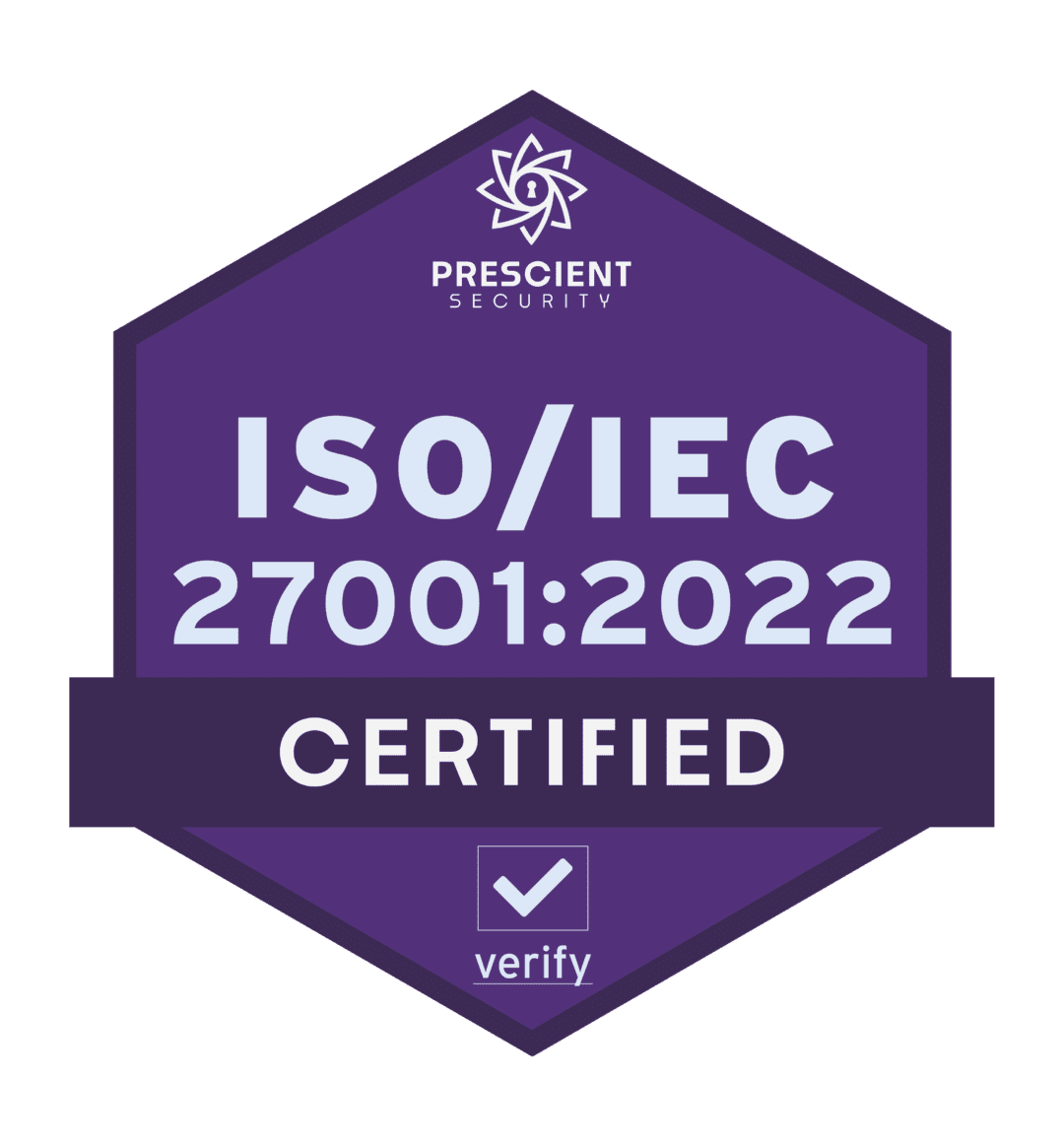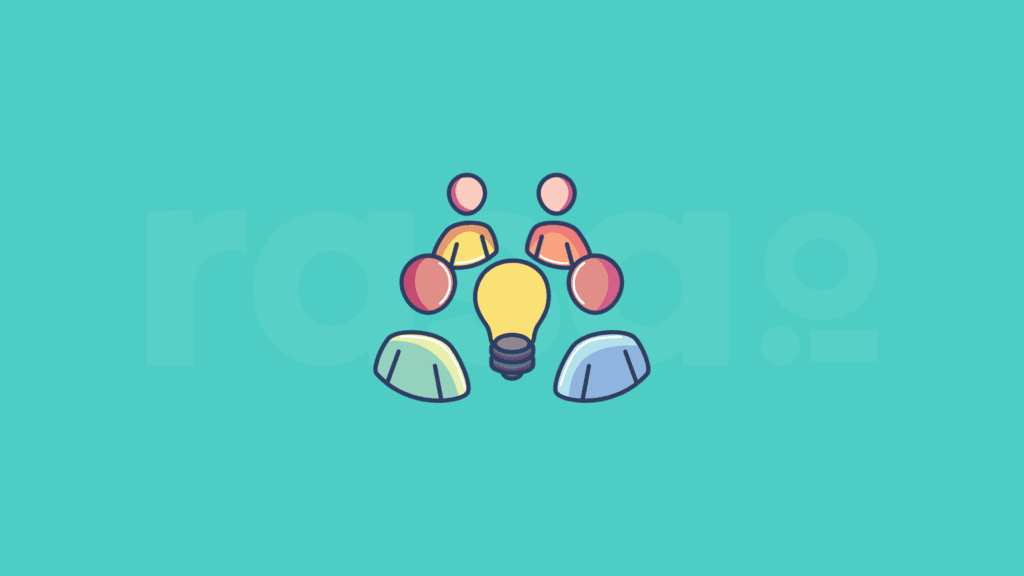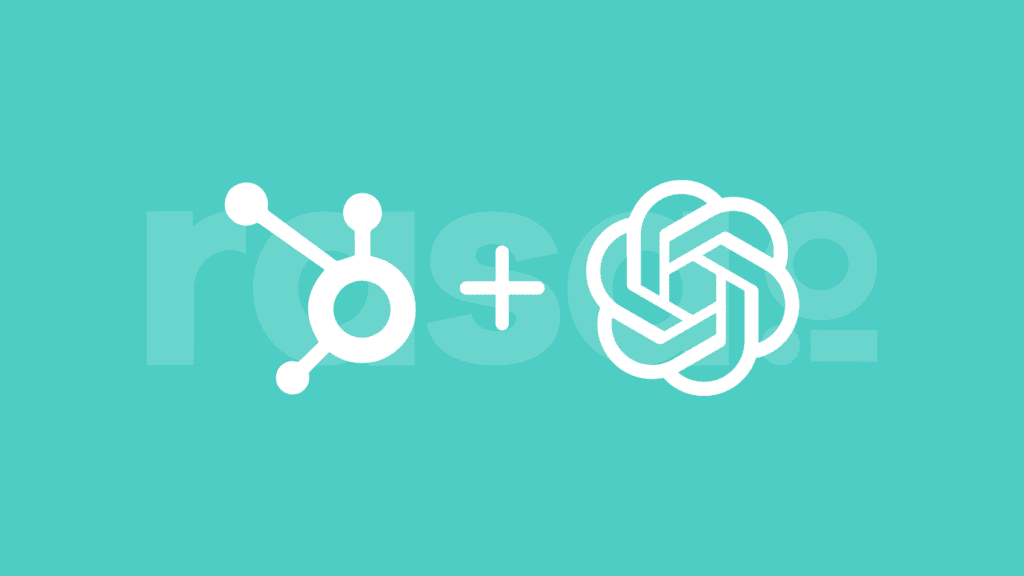If you are not adopting AI technologies, you may be setting yourself as well as your audience behind the curve. AI is set to disrupt many industries in the coming years, including marketing and content discovery. At rasa.io, we use AI-driven content curation tools to help users fill their newsletters with quality, relevant content personalized to subscribers’ unique interests. These hyper-personalized newsletters are helping organizations and associations increase user engagement and boost their bottom line.
But what if you could take it even further by understanding the content discovery process that drives new members to your organization?
While AI-driven content curation tools deliver the right content to your existing audience based on their behavior, content discovery platforms help you understand how and why audiences engage with your content.
Read on to learn more about how content discovery works, the best content discovery tools on the market today, and how you can use content discovery software to enhance your subscriber experience.
Understanding Content Discovery
The term “content discovery” means precisely what you would expect. It refers to searching for and finding relevant content. It is the process a customer or a lead goes through whenever they discover and then engage with a brand’s content, whether on its website, through its social media channels, or anywhere else.
As an organization, if you can fully understand your audience’s unique content discovery journey, you’ll better grasp how they engage with the content you deliver. Once you do that, you’ll find new ways of improving your own marketing strategy, thus encouraging increased engagement among users.
Audience Research is the Backbone of Content Discovery
When you can successfully tap into an audience’s context, you’ll be better able to determine what content your organization should be creating. The best way to truly understand an audience’s contexts is through thoughtful research, asking the right questions, and testing out new things.
You’ll want to start with the fundamentals:
Who’s your audience?
You don’t have to be a one-stop shop for all of your audience’s needs. Instead, you’ll want to aim for specific targets while hopefully attracting others along the way. This allows you to niche down and provide high-value service or insight for those targets.
There’s a good chance you already understand your target audience, but you can use the following information to fill in the blanks. Of course, if you have nothing at all, you’ll need to do some digging:
- What’s your audience’s average age?
- Is your audience in a specific location?
- What devices do they use to access your content?
- Where are they finding the content they want?
- What social media channels are they using to discover content?
- What do they want from your organization?
General information creates your content discovery map, while your audience’s needs and motivations will help to fuel your overall content strategy. You can figure out those needs and motivations through user stories, which tell you exactly what your audiences crave and why.
What is holding back your audience?
Understanding what an audience wants represents the initial step in creating content that drives traffic. However, it’s about more than audience motivation. The content discovery process involves determining what might be holding back your audience.
Often, your audience knows what they need to do. But, there may be something holding your audience back such as the time it takes to learn a new tool, the costs associated with new technology, or the fear of failing with a new venture. Identifying those barriers your audience has erected allows you to speak directly to them.
How is your audience engaging with your existing content?
You should audit your content to truly understand your audience’s content discovery journey. When you audit the content you have already published, you open a window into how your audience is accessing and engaging with it.
When performing your own organization’s content audit, you should also consider an audit of your competitors’ content. Remember, parallel organizations and competitors will have relevant content your target audiences probably already engage with. An audit will help you understand which content your audience consumes.
Best Content Discovery Tools and Platforms
There are a significant number of content discovery software solutions available to help you on this quest. Some of the most popular include the following:
- UpContent: UpContent allows users to discover, collaborate, and distribute great content across the web. UpContent takes the guesswork out of finding the high-quality content your audience wants. Its easy team collaboration features, user-friendly platform, and seamless integrations make it a leader in content discovery software.
- Social Animal: Social Animal is like the Swiss Army knife of content marketing. It is an AI-powered solution that allows users to browse millions of posts and articles to discover new and trending content categorized based on performance across all platforms.
- Scoop.It: Using the Scoop.It content discovery engine, you can find and organize industry thought leadership articles, reports, and news that can be curated for your readers as a way of boosting your content strategy.
Combining Content Discovery with rasa.io’s AI-Driven Curation
When you use rasa.io with your content discovery strategy, you’ll get more eyes on your most relevant content, regardless of whether you use one of these excellent content discovery tools or some other content discovery software solution.
While content discovery tools are a great way to get new eyes on your content, rasa.io’s AI-driven content curation tools help you put your best content in front of your existing subscriber base.












